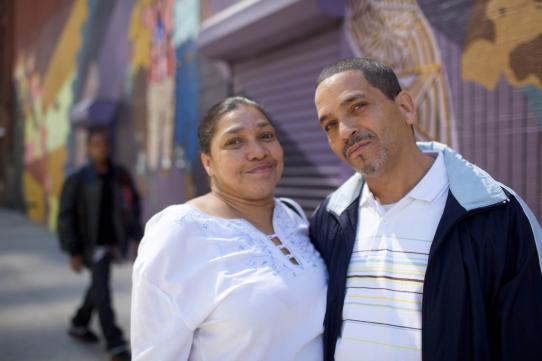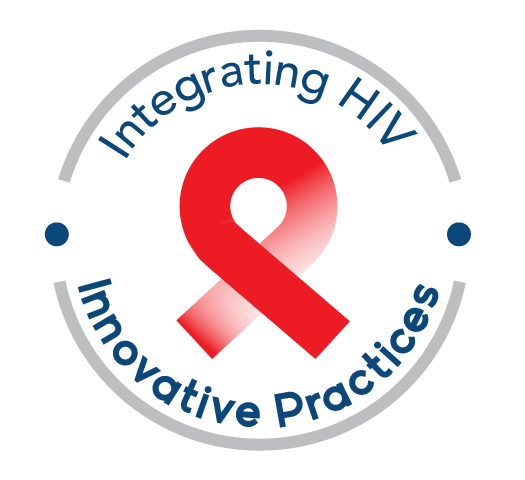You can never underestimate the importance of the person delivering an HIV diagnosis or providing those initial linkages to services. That encounter alone may mean the difference between someone entering and not entering care— Lisa Hightow-Weidman,
University of North Carolina, Chapel Hill, School of Medicine

The Ryan White HIV/AIDS Program, administered by the Health Resources and Services Administration (HRSA), HIV/AIDS Bureau (HAB), has a demonstrated track record for delivering culturally competent and comprehensive HIV services to marginalized and underserved populations nationwide over the past 20 years. HRSA currently is bringing its wealth of experience to the implementation of the National HIV/AIDS Strategy (NHAS).1 Released by the White House Office of National AIDS Policy (ONAP) in July 2010, the NHAS provides a roadmap to mitigating and ultimately ending the HIV/AIDS epidemic in the United States crystalized in three goals that also speak directly to the mission of the Program:
- Reduce the number of people who become infected with HIV.
- Increase access to care and improve health outcomes for people with HIV (PWH).
- Reduce HIV-related health disparities.2
The NHAS calls on interagency cooperation at all levels in order to significantly reduce new infections and to increase the number of people who know their serostatus. 3,4 HRSA is charged with engaging newly diagnosed PWH into clinical care sooner and increasing the number of clients who are already aware of their HIV status into continuous HIV primary care.2
HRSA is a natural leader for these NHAS efforts. Nearly one-half of the estimated 1.2 million PWH in the United States—approximately 529,000—access HIV services through the Ryan White HIV/AIDS Program.5 Established with the passage of the Ryan White Comprehensive AIDS Resources Emergency (CARE) Act of 1990, the Program operates differently from other Federal medical programs. It serves as the payer of last resort, providing coverage and filling in gaps for PWH who do not have sufficient health insurance and/or financial resources for HIV/AIDS treatment, care, and support services. Funds are awarded directly and indirectly to service providers, ranging from community-based HIV clinics to large metropolitan hospitals.
The Program’s Special Projects of National Significance (SPNS) has developed numerous innovative models to engage hard-to-reach PWH into care. HRSA supports the evaluation of these efforts and assists with dissemination of research resulting from each project.
HRSA has developed the Integrating HIV Innovative Practices (IHIP) manuals, curricula, and trainings to assist health-care providers and others delivering HIV care in communities heavily impacted by HIV/AIDS with the adoption of SPNS models of care into their practices. This IHIP training manual provides:
- An overview of hard-to-reach populations most impacted by HIV and the barriers they face to accessing HIV prevention, testing, treatment, and care, as well as ancillary services.
- An overview of best practices distilled from extensive research available on these SPNS Program initiatives. The potential benefits and challenges associated with each of the models of care are discussed, along with costs and other logistical issues.
- A list of resources and other useful information to further assist with the replication process.
The need for innovative approaches to engaging hard-to-reach populations cannot be overstated. According to the U.S. Centers for Disease Control and Prevention (CDC), many PWH are not in care and 20 percent of HIV-positive persons in the United States are unaware of their serostatus.6 Without intervention, these PWH most likely will progress to AIDS, undermining their health outcomes, quality of life, and life expectancy. Replication of SPNS models by HIV providers will help to identify and engage PWH into care, as well as mitigate the impact of HIV nationwide—improving the quality of life for communities hardest hit by the epidemic and saving countless lives.
